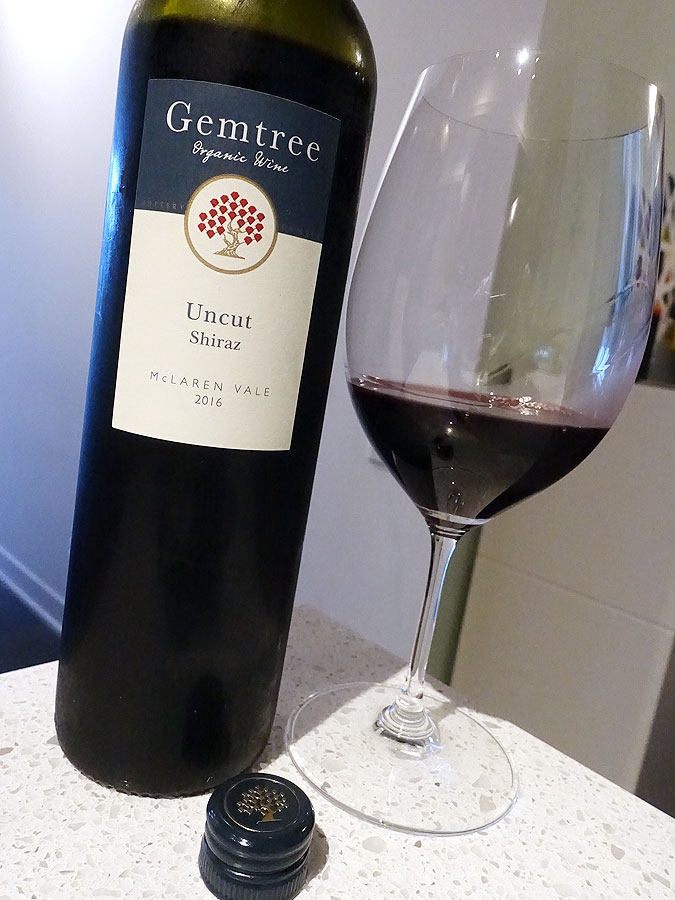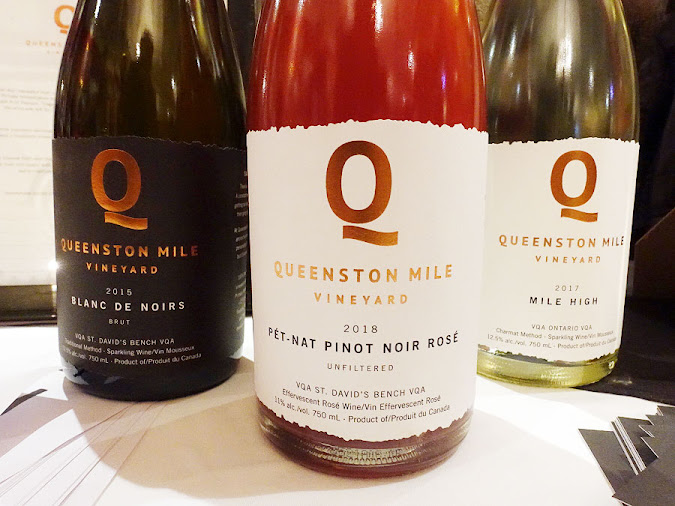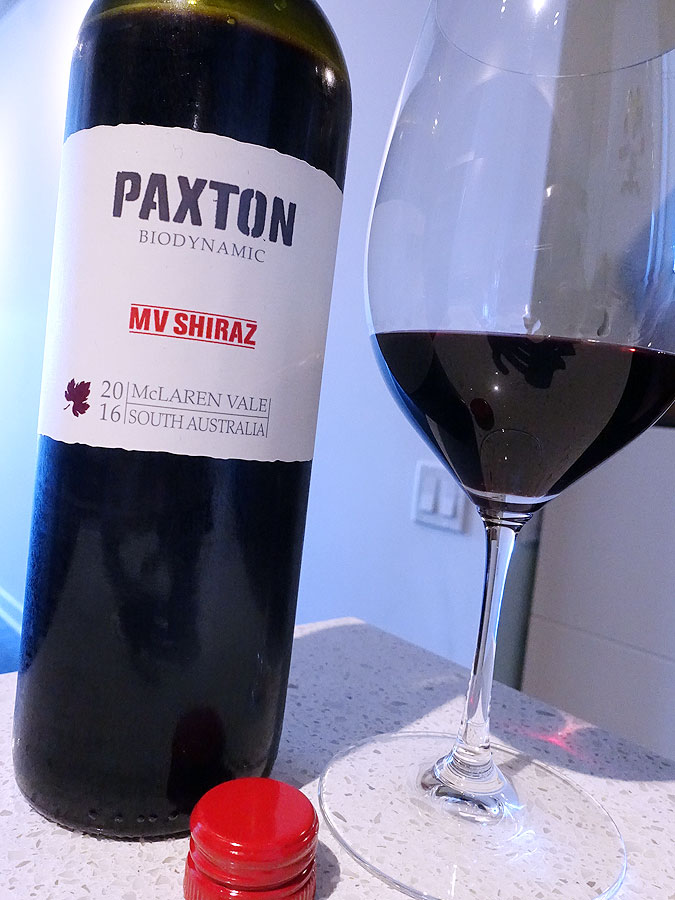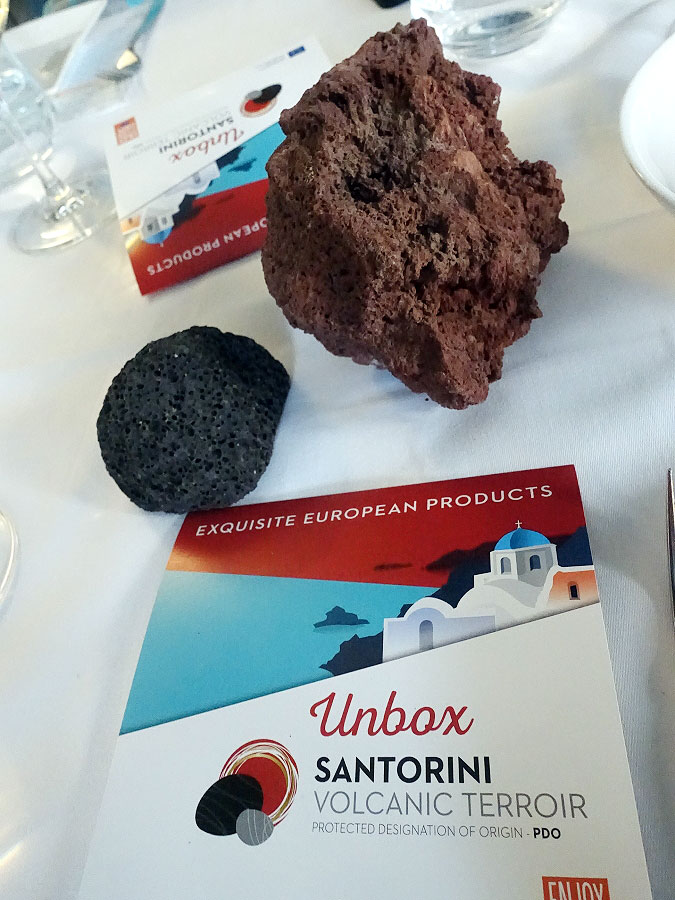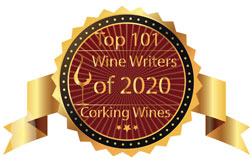wine review is this lovely red wine from Argentina that will be coming to LCBO VINTAGES on . It is also featured as the Wine of the Month in this Release and will be widely available across Ontario.
It is produced by TintoNegro, meaning black wine in Spanish meant to celebrate the essence of the Malbec grape - which is known for its dark, blackish colour. TintoNegro was born out of a long-time friendship and professional collaboration between Alejandro Sejanovich and Jeff Mausbach, colleagues at Bodega Catena Zapata for almost 15 years. In 2013, Jorge Crotta, who was also at Catena Zapata for several years, joined the partnership and is involved with the management and winemaking team.
The TintoNegro portfolio explores the terroirs of Mendoza where Malbec thrives, gradually isolating unique vineyard sites and winemaking techniques which can showcase the heights of concentration and complexity to which Malbec can aspire. In order to showcase the unique profile of each soil, TintoNegro has created a line of four single soil wines from Paraje Altamira in the southern part of the Uco Valley. Each harvest is vinified and aged in the exact same method, thus highlighting how a difference of soil (or terroir) can create a completely different wine. This La Piedra Malbec from their La Escuela property is one of the four wines. One day, I hope to have the opportunity to try their entire line.
La Escuela is a small 7.5 hectare estate vineyard located in Paraje Altamira at 4,000 feet above sea level, at the foot of the Andes mountains. It is named after the still active rural school (Escuela) that is located on the property. La Escuela has a diverse soil profile with plots of sandy (arena), silty (limo), rocky (piedra), and gravelly (grava) soils.
This particular wine comes from a small patch of rocky, limestone driven soil that is located in the middle of the vineyard, hence its name La Piedra, which also means stone in Spanish. These white stone soils with limestone deposits produce help produce a complex, spicy Malbec with black fruit flavors and minerality.
This has a fresh, medium+ intensity nose of blackberry, dark berry, and stony mineral notes with some spicy characters. It is medium+ bodied with ripe blackberry, mulberry, stony mineral flavours with touches of vanillin oak spice and floral. There is fresh, juicy acids, while ripe tannins are supple and smooth. Nice white pepper spice on the mid-palate, while the finish is long with lovely stony mineral, smoky, and dark berry notes. A wonderful wine to enjoy over the next 5-6 years. Score: 90 pts
It is produced by TintoNegro, meaning black wine in Spanish meant to celebrate the essence of the Malbec grape - which is known for its dark, blackish colour. TintoNegro was born out of a long-time friendship and professional collaboration between Alejandro Sejanovich and Jeff Mausbach, colleagues at Bodega Catena Zapata for almost 15 years. In 2013, Jorge Crotta, who was also at Catena Zapata for several years, joined the partnership and is involved with the management and winemaking team.
The TintoNegro portfolio explores the terroirs of Mendoza where Malbec thrives, gradually isolating unique vineyard sites and winemaking techniques which can showcase the heights of concentration and complexity to which Malbec can aspire. In order to showcase the unique profile of each soil, TintoNegro has created a line of four single soil wines from Paraje Altamira in the southern part of the Uco Valley. Each harvest is vinified and aged in the exact same method, thus highlighting how a difference of soil (or terroir) can create a completely different wine. This La Piedra Malbec from their La Escuela property is one of the four wines. One day, I hope to have the opportunity to try their entire line.
La Escuela is a small 7.5 hectare estate vineyard located in Paraje Altamira at 4,000 feet above sea level, at the foot of the Andes mountains. It is named after the still active rural school (Escuela) that is located on the property. La Escuela has a diverse soil profile with plots of sandy (arena), silty (limo), rocky (piedra), and gravelly (grava) soils.
This particular wine comes from a small patch of rocky, limestone driven soil that is located in the middle of the vineyard, hence its name La Piedra, which also means stone in Spanish. These white stone soils with limestone deposits produce help produce a complex, spicy Malbec with black fruit flavors and minerality.
Tasting Note:
TINTONEGRO FINCA LA ESCUELA LA PIEDRA MALBEC 2016 - Paraje Altamira, Uco Valley, Mendoza, Argentina (#010443) (XD) - $24.95This has a fresh, medium+ intensity nose of blackberry, dark berry, and stony mineral notes with some spicy characters. It is medium+ bodied with ripe blackberry, mulberry, stony mineral flavours with touches of vanillin oak spice and floral. There is fresh, juicy acids, while ripe tannins are supple and smooth. Nice white pepper spice on the mid-palate, while the finish is long with lovely stony mineral, smoky, and dark berry notes. A wonderful wine to enjoy over the next 5-6 years. Score: 90 pts




